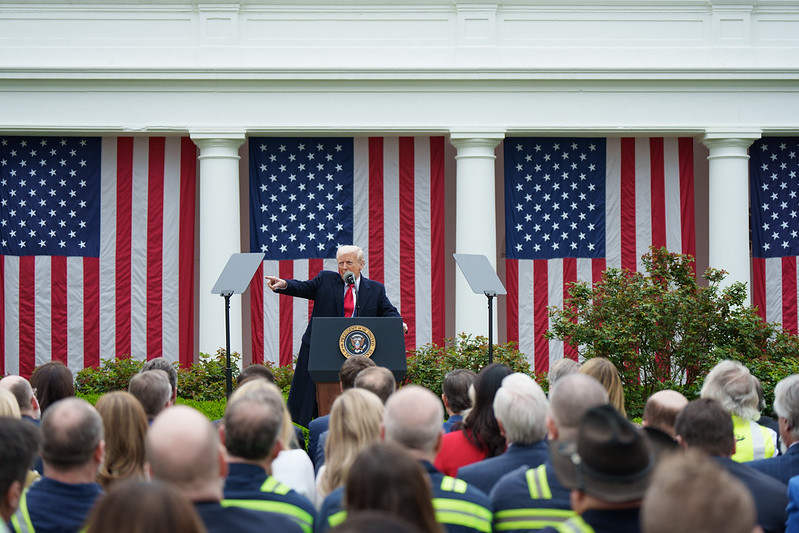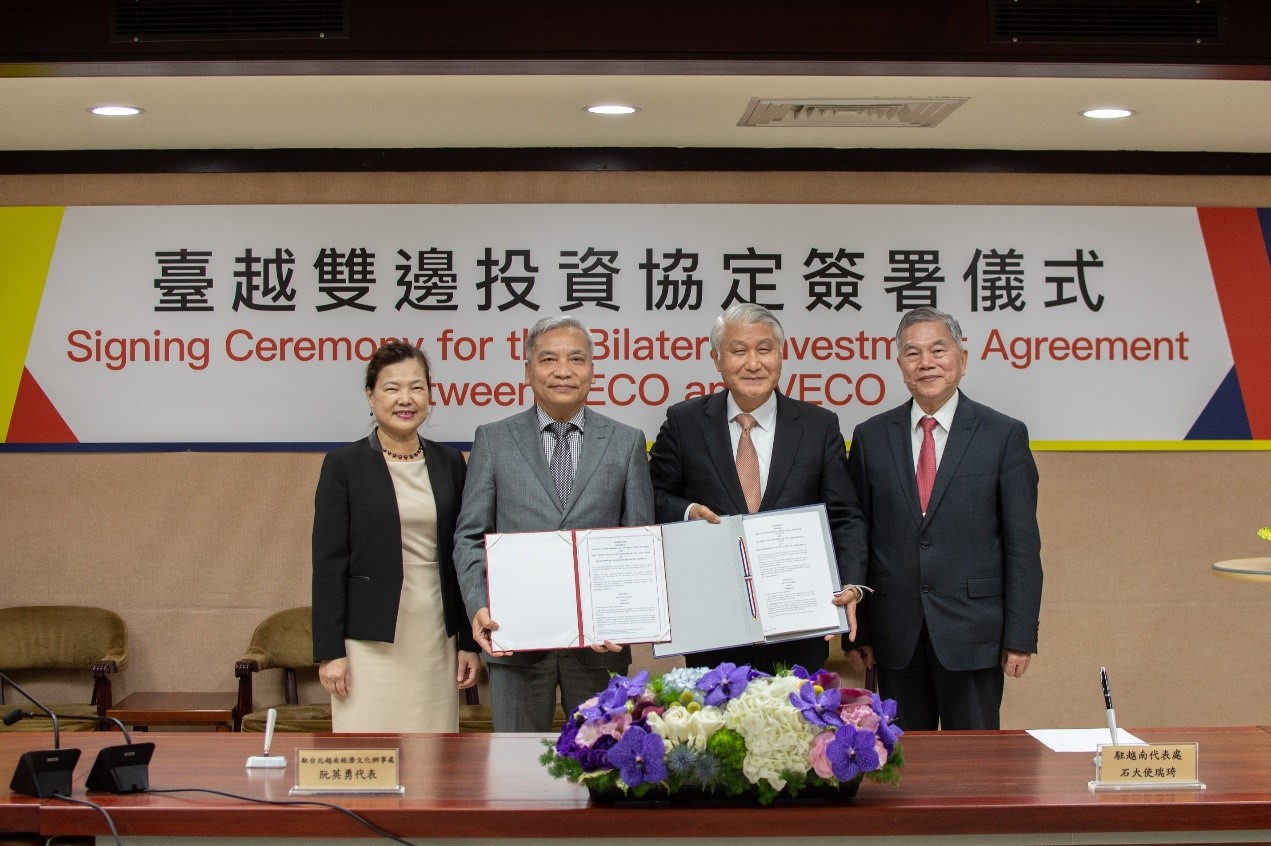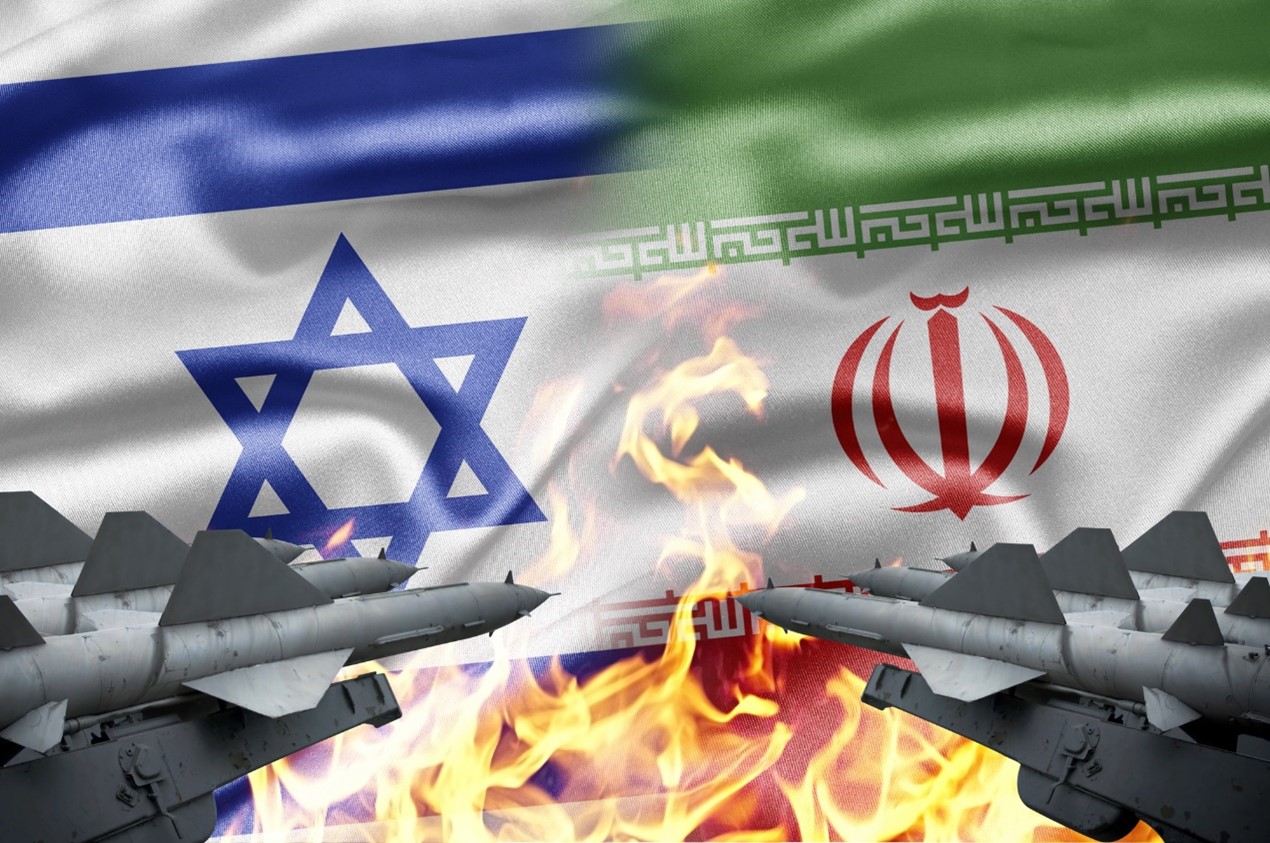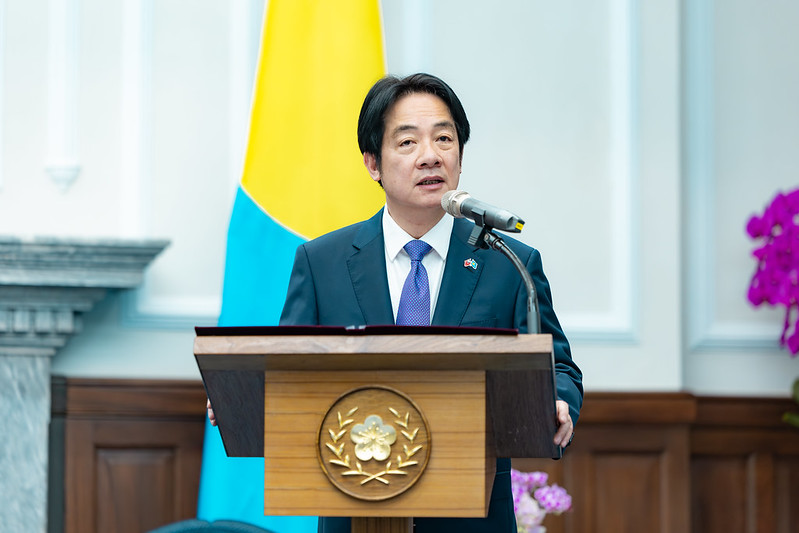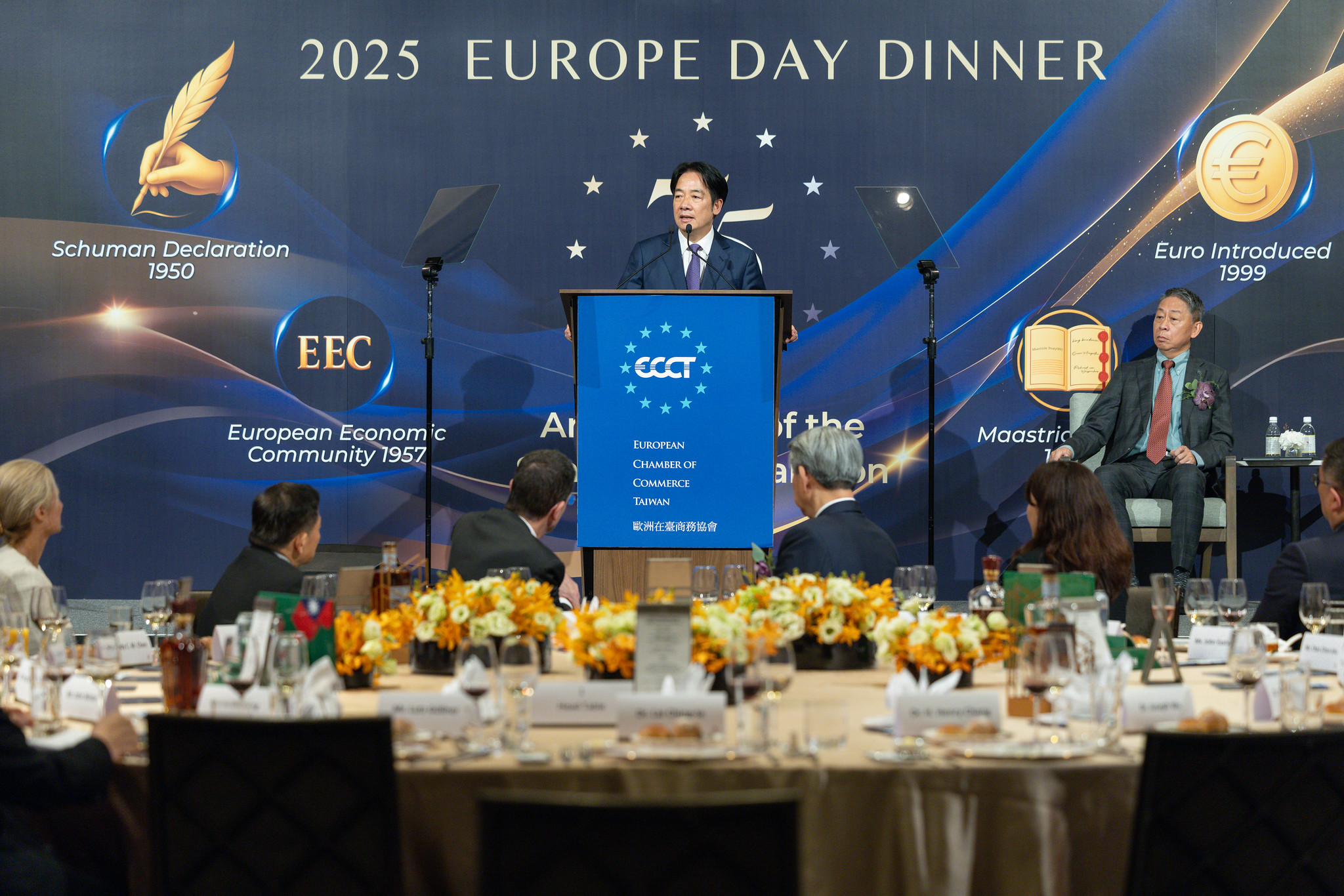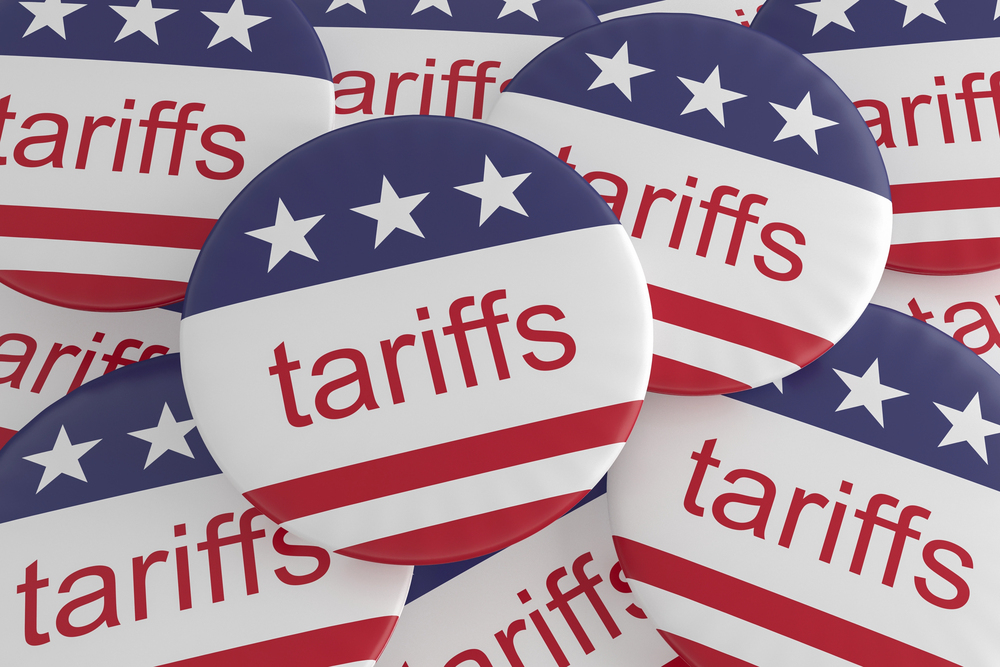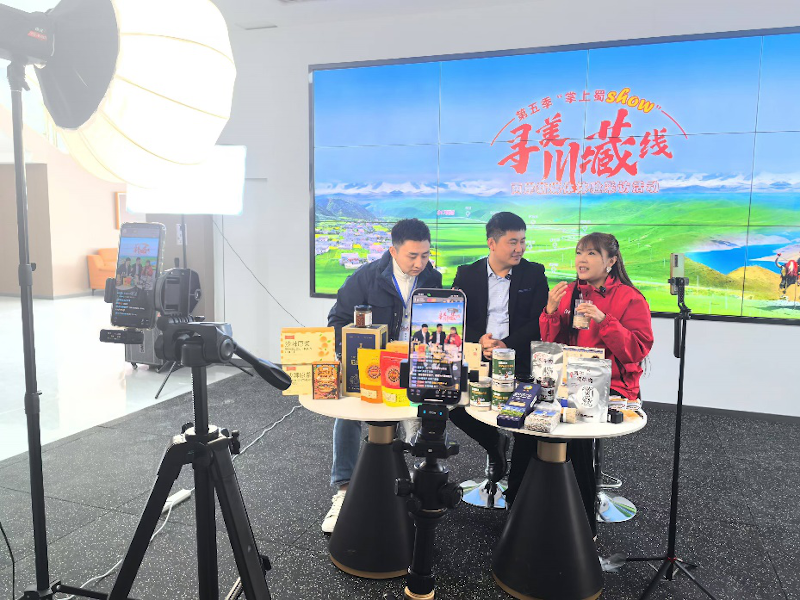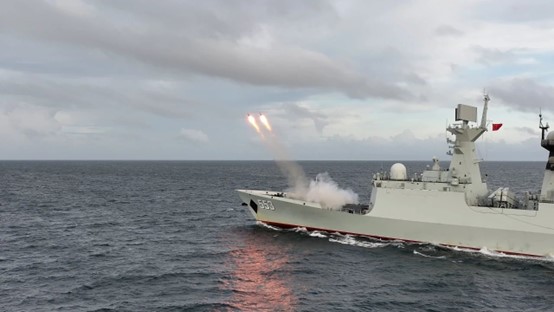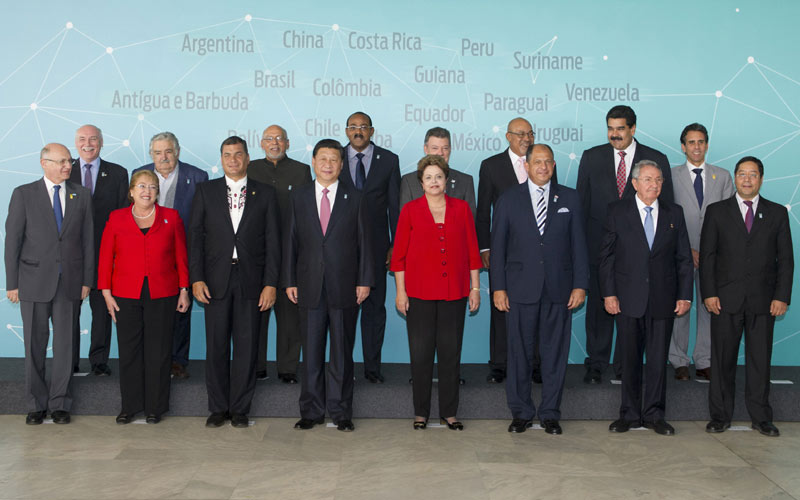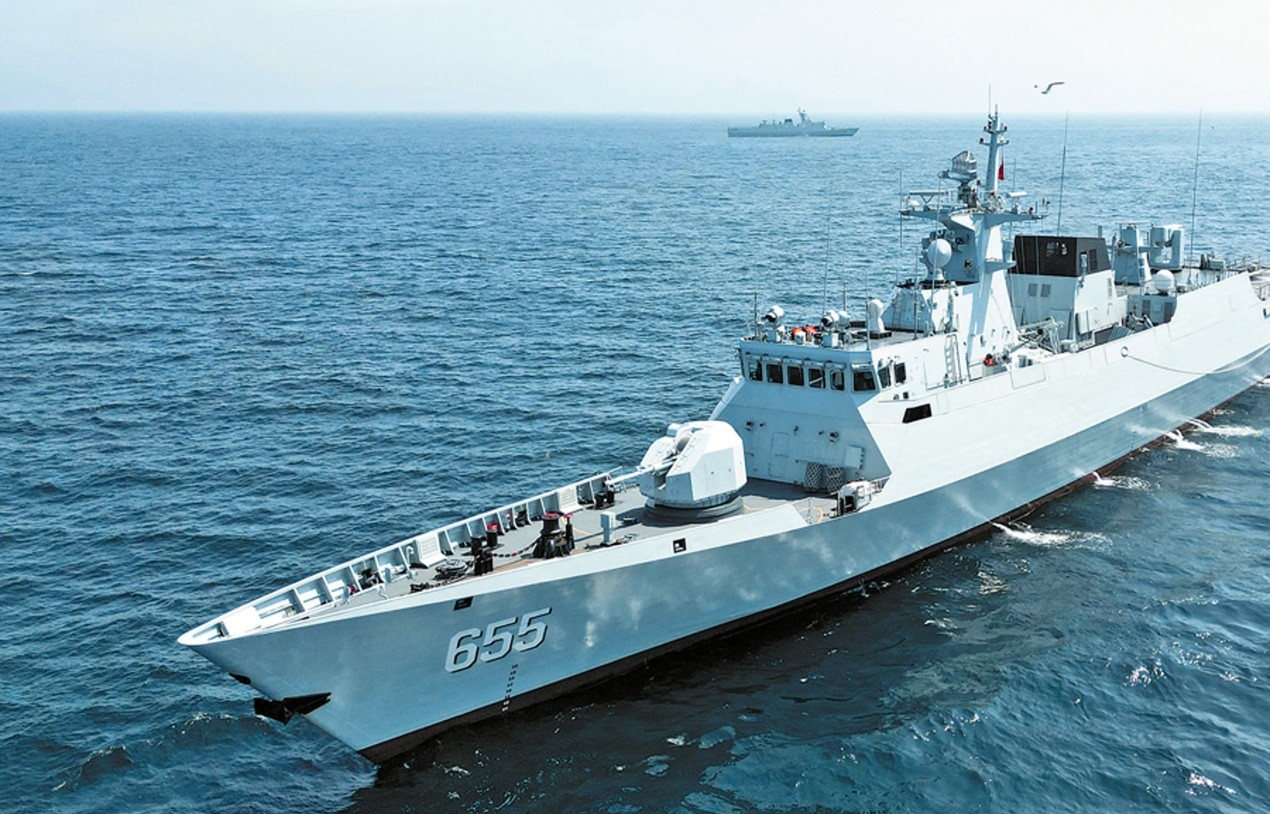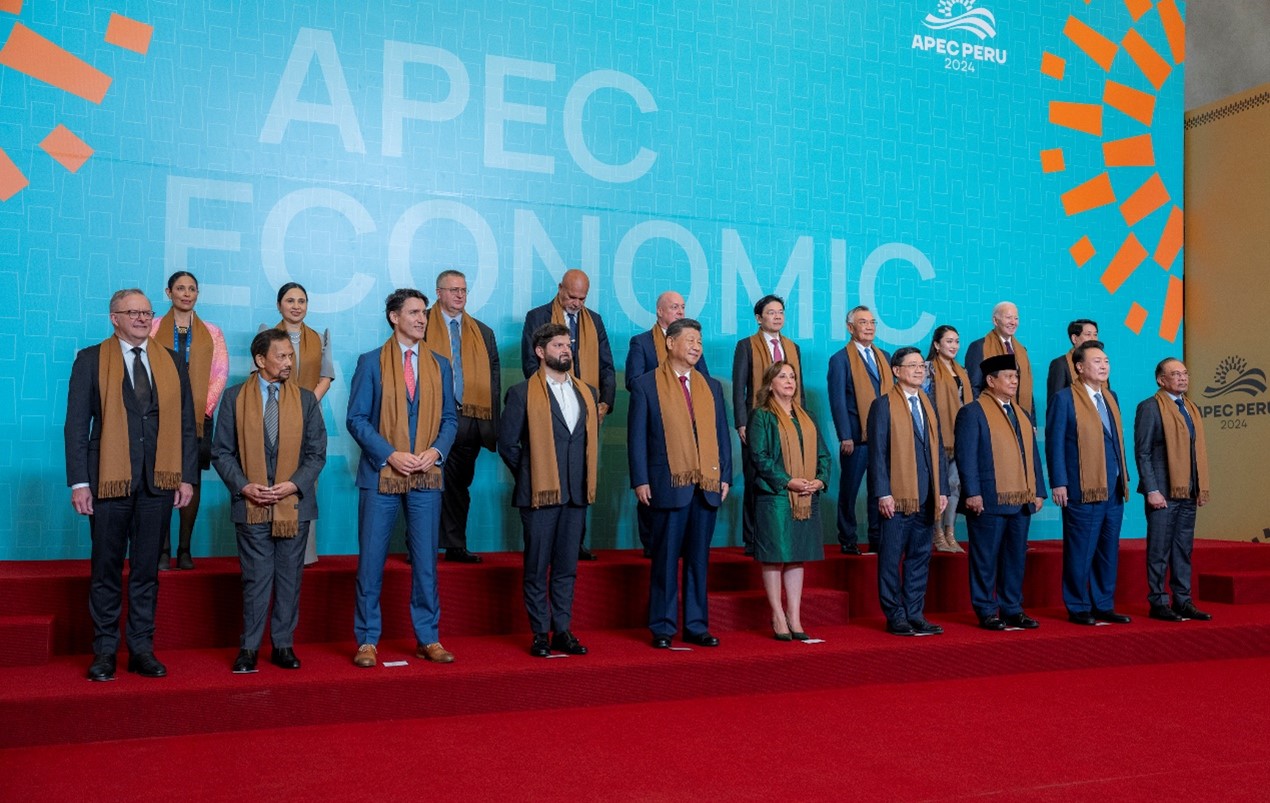The expiration of the U.S. reciprocal tariff grace period thrusts Taiwan into a complex environment defined by transactional diplomacy, strategic uncertainty, and economic vulnerability. Yet it also presents an opportunity to recalibrate Taiwan’s economic strategy. Picture source: The White House, April 2, 2025, Flickr, https://www.flickr.com/photos/whitehouse/54427313003/in/photostream/.
Prospects & Perspectives No. 46
U.S. Reciprocal Tariffs and Implications for Taiwan
By Hsien-Ming Lien & Ming-Min Yang
The announcement of sweeping reciprocal tariffs by President Donald Trump in April 2025 has placed Taiwan in a difficult and uncertain position. Initially, Taiwan faced a proposed 32% tariff on its exports to the United States, with semiconductors temporarily exempted. Following several rounds of intense negotiations, Washington reduced this rate to a provisional 20% on August 7, 2025. Taiwanese officials have emphasized that this arrangement is temporary and that further negotiations are underway to secure a more favorable outcome.
However, disappointment in Taiwan has been acute. The 20% rate is higher than the 15% applied to the European Union, Japan, and South Korea, leaving many Taiwanese observers frustrated with the negotiation results. The stakes are high: Taiwan must navigate an increasingly transactional U.S. trade policy, safeguard its industrial competitiveness, and preserve its strategic role in the global economy.
Tariffs as a Multifunctional Tool of Diplomacy
A defining feature of Trump’s second term is the transformation of U.S. economic diplomacy. Under previous administrations, trade negotiations were typically conducted within a rules-based, multilateral framework where predictability and established procedures prevailed. Taiwan, like many U.S. partners, could rely on structured dialogues and long-term frameworks to guide engagement.
In contrast, Trump’s negotiation style has become distinctly unilateral and transactional. Deadlines are often set arbitrarily by Washington, while terms shift in response to domestic political pressures or strategic calculations. Engagement with Taiwan now reflects this broader shift away from rules-bound multilateralism toward ad hoc, top-down bargaining. For Taipei, this means adapting to tighter timelines, greater unpredictability, and a heightened need for tactical flexibility.
Another major departure from the past is the way tariffs are used not solely as economic instruments but as geopolitical leverage. They now function as what some observers describe as a “Swiss Army knife” of diplomacy — simultaneously serving economic, security, and political objectives.
For example, in early August 2025, Trump threatened to impose a 50% tariff on Indian imports unless New Delhi curtailed its purchases of Russian oil. This illustrates how tariffs are deployed as coercive tools extending beyond trade balances into the realm of foreign policy and national security. Taiwan, while not directly implicated in energy geopolitics, is nevertheless vulnerable to being drawn into this new mode of diplomacy, where tariffs are bargaining chips in broader strategic contests.
Shifting Perceptions in Taiwan
Historically, Taiwan has regarded the United States as a partner grounded in shared democratic values, stability, and predictability. Yet the current transactional approach under the Trump administration has introduced a growing sense of uncertainty. Concerns have emerged that Washington’s commitments may be contingent or negotiable, particularly if broader geopolitical calculations with Beijing are involved.
This shift has fueled what commentators increasingly describe as skepticism toward the United States. Doubts about U.S. reliability as a long-term partner have become more prominent in public discourse. Although there is no direct evidence that Washington intends to trade Taiwan’s interests in negotiations with Beijing, the perception that such a possibility exists has gained traction.
This skepticism has also translated into political pressure at home. The ruling Democratic Progressive Party (DPP) has faced criticism that it may have conceded too much to Washington in pursuit of tariff relief, raising questions about whether Taiwan’s negotiators have protected national interests firmly enough. Taken together, these factors are reshaping Taiwan’s public debate and altering perceptions of the U.S.–Taiwan partnership in ways that may have lasting implications.
Economic Impacts of a Sustained 20% Tariff
The economic effects of a long-term 20% tariff would be notable. Taiwanese exports such as machine tools, molds, plastics, and electronics materials would face higher landed costs in the U.S. market. This erosion of competitiveness would be particularly acute against Japanese rivals, who currently benefit from lower tariff rates and a weaker yen.
Agricultural and fisheries exports would also struggle. Products like tilapia and mahi-mahi — important for Taiwan’s coastal economies — would face diminished competitiveness. While traditional industries represent only about one-fifth of Taiwan’s total exports, they remain essential sources of employment and regional economic stability.
Semiconductors, which account for over 70% of Taiwan’s exports to the U.S., remain exempt. Yet this exemption is precarious, contingent upon the outcome of ongoing Section 232 reviews. Any shift in this status could transform the landscape of Taiwan’s trade relations with Washington.
Beyond direct trade, the tariff shock may accelerate structural changes in global supply chains. Taiwanese firms, particularly in manufacturing and assembly, may relocate production to the U.S. or to countries with preferential tariff treatment such as Mexico. This would weaken Taiwan’s role as a global supply chain hub and reduce its attractiveness to foreign investors.
Equally concerning is the potential outflow of R&D and skilled talent. If firms shift production to the U.S. or Japan, incentives to locate advanced research domestically may decline. For small and medium-sized enterprises (SME), the risks are even greater: limited resilience could lead to closures, hollowing out Taiwan’s innovation ecosystem over time
Suggested Policy Responses
Faced with these challenges, the Taiwanese government should pursue a multi-pronged negotiation and policy strategy. Three approaches stand out.
- Use Semiconductor Leverage in Tariff Negotiations
Taiwan should integrate its central role in the semiconductor supply chain into reciprocal tariff and Section 232 negotiations. This would prevent the risk of being pressured into two separate rounds of concessions and allow Taipei to maximize its bargaining position. The U.S. remains deeply dependent on Taiwanese chips for both economic and security needs, giving Taipei meaningful leverage. By explicitly linking tariff reductions with commitments to protect semiconductor access, Taiwan can ensure that its most strategic industry serves as both shield and bargaining chip.
- Strengthen Domestic Support and Adjustment Measures
The government should improve transparency by regularly communicating negotiation progress and challenges to the public, thereby sustaining confidence in the process. At the same time, relief measures — such as the NT$93 billion (US$2.9 billion) package already launched — should be carefully deployed to protect the most affected industries. Targeted subsidies, export financing, and support for diversification can cushion short-term shocks while encouraging long-term upgrading.
- Turn Pressure into Opportunity
Finally, Taiwan should treat this episode as a catalyst for overdue reforms. The crisis underscores the need for accelerated industrial upgrading, diversification of export markets toward ASEAN, Europe, and the Middle East, and deeper integration with like-minded democracies through bilateral and multilateral trade agreements. By proactively seizing these opportunities, Taiwan can reduce vulnerability to future tariff shocks and strengthen its long-term competitiveness.
Conclusion
The expiration of the U.S. reciprocal tariff grace period thrusts Taiwan into a complex environment defined by transactional diplomacy, strategic uncertainty, and economic vulnerability. Yet it also presents an opportunity to recalibrate Taiwan’s economic strategy.
By using its semiconductor leverage in negotiations, enhancing domestic support, and treating this moment as an opportunity for structural reform, Taiwan can protect its interests while reinforcing its role as a strategic partner.
Above all, Taiwan should heed the maxim to “never waste a good crisis.” The reciprocal tariff dispute should not be viewed solely as a threat but as a catalyst for reform, innovation, and diversification. If managed wisely, this difficult moment can ultimately strengthen Taiwan’s resilience, competitiveness, and sovereignty in an increasingly uncertain global order.
(Hsien-Ming Lien is President of CIER; Ming-Min Yang is Assistant Research Fellow of CIER.)



